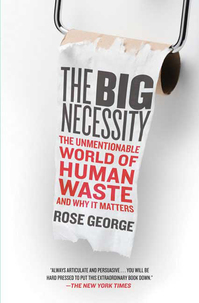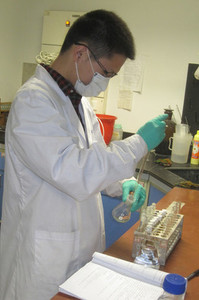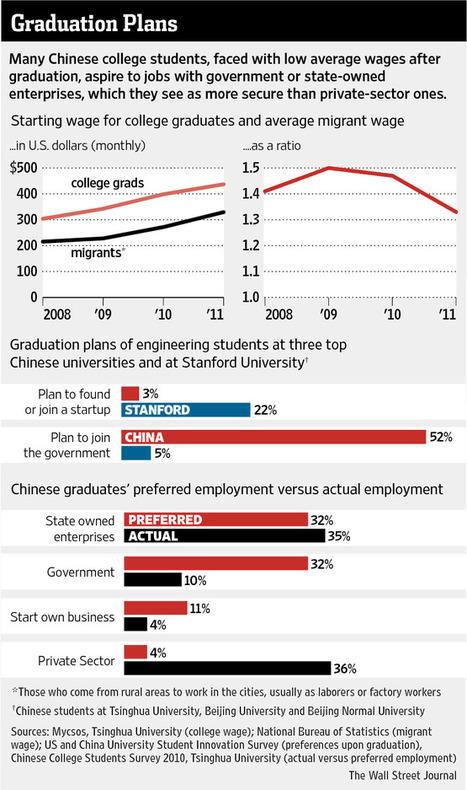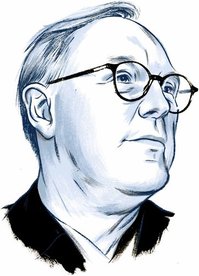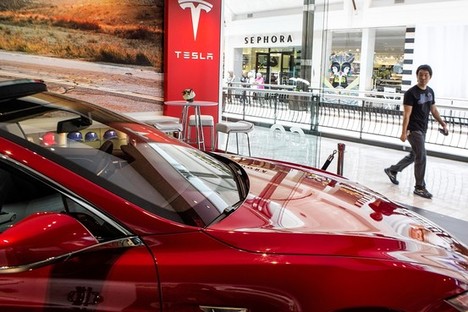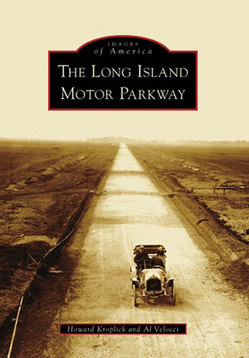(p. 304) The more evident the power of the internet as an uplifting force became, the more evident the divide between the digital haves and have-nots. One sociological study concluded that there were “two Americas” emerging. The citizens of one America were poor people who could not afford a computer, and of the other, wealthy individuals equipped with PCs who reaped all the benefits. During the 1990s, when technology boosters like me were promoting the advent of the internet, we were often asked: What are we going to do about the digital divide? My an-(p. 305)swer was simple: nothing. We didn’t have to do anything, because the natural history of a technology such as the internet was self-fulfilling. The have-nots were a temporary imbalance that would be cured (and more) by technological forces. There was so much profit to be made connecting up the rest of the world, and the unconnected were so eager to join, that they were already paying higher telecom rates (when they could get such service) than the haves. Furthermore, the costs of both computers and connectivity were dropping by the month. At that time most poor in America owned televisions and had monthly cable bills. Owning a computer and having internet access was no more expensive and would soon be cheaper than TV. In a decade, the necessary outlay would become just a $100 laptop. Within the lifetimes of all born in the last decade, computers of some sort (connectors, really) will cost $5.
Source:
Kelly, Kevin. What Technology Wants. New York: Viking Adult, 2010.

